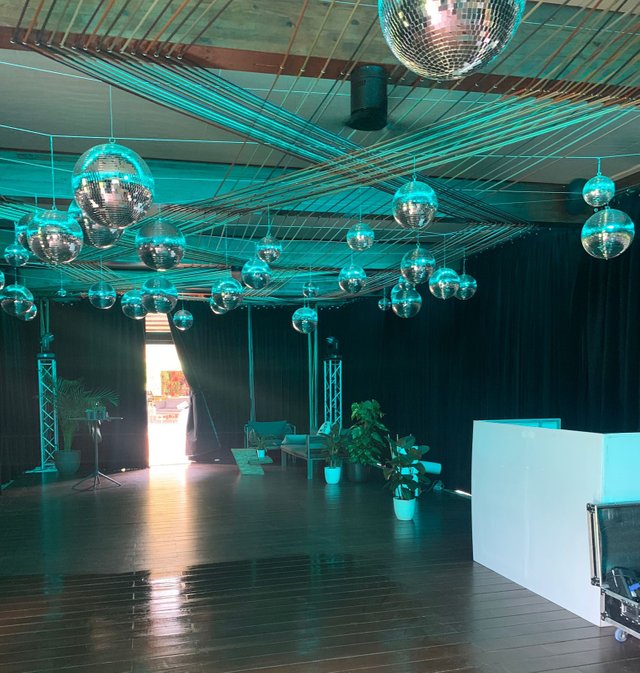How Do Theater Curtains Enhance the Audience Experience
Theater curtains play a pivotal role in enhancing the overall experience for the audience. They are not just functional elements of stage design but also contribute significantly to the ambiance, drama, and smooth flow of a performance. Let's delve into the various ways theater curtains elevate the audience's experience.

How Do Theater Curtains Enhance the Audience Experience?
Setting the Stage
Theater curtains serve as the first visual cue for the audience, indicating that a performance is about to begin. The moment the house lights dim and the curtains part, there is a palpable sense of anticipation and excitement. This moment creates a clear transition from the everyday world into the theatrical experience, capturing the audience's attention and setting the tone for what is to come.
Creating Atmosphere
Telones para teatros or Theater Curtains contribute to the atmosphere by enhancing the visual and auditory elements of a production. Heavy curtains can muffle sounds from backstage, maintaining the illusion of a separate world onstage. They can also block out unwanted light, ensuring that the lighting design is effective and impactful. By managing these elements, theater curtains help to create a controlled environment that supports the artistic vision of the production.
Enhancing Visual Appeal
The aesthetic quality of theater curtains adds to the visual appeal of a performance. The choice of fabric, color, and design can complement the theme of the play or musical. For instance, rich, velvety curtains in deep colors might evoke a sense of luxury and drama, while lighter, more transparent fabrics can suggest a dreamlike or ethereal atmosphere. This visual element helps immerse the audience in the world of the play, making the experience more engaging.
Managing Scene Changes
Efficient scene changes are crucial for maintaining the flow and pace of a production. Theater curtains facilitate these transitions by concealing the movement of props and set pieces between scenes. This allows the technical crew to work quickly and discreetly, minimizing disruptions and keeping the audience's focus on the narrative. Curtains can be used creatively in scene changes, adding an element of surprise and delight as new settings are revealed.
Highlighting Key Moments
Curtains can be used strategically to highlight key moments in a performance. For example, a curtain can drop suddenly to signal a dramatic revelation or be drawn slowly to build suspense. These techniques can enhance the emotional impact of a scene, drawing the audience deeper into the story. By controlling the audience's view, curtains help to guide their emotional journey through the performance.
Supporting Acoustics
In addition to their visual functions, theater curtains play a role in managing acoustics. Heavy, sound-absorbing fabrics can reduce echoes and enhance sound clarity, ensuring that dialogue and music are heard clearly by the audience. This is particularly important in larger venues, where sound can easily become muddled. By improving the acoustic environment, theater curtains contribute to a more enjoyable and immersive auditory experience.
Conclusion
Theater curtains are integral to the overall success of a production. They set the stage, create atmosphere, enhance visual appeal, manage scene changes, highlight key moments, support acoustics, and ensure safety. Whether through their visual splendor or their practical functions, theater curtains help to bring the magic of live performance to life.